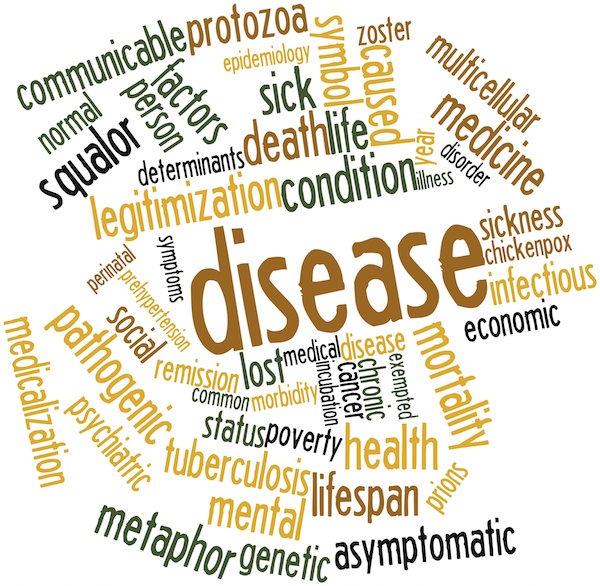
THURSDAY, Jan. 5 (HealthDay News) — More than half of U.S. jails didn’t receive any vaccine to protect inmates during the 2009-10 outbreak of H1N1 swine flu, a new study says.
Jail and prison inmates are at increased risk for exposure to infectious diseases. The steady stream of new arrivals can introduce new types of infectious diseases to facilities, and close confinement makes it easy for diseases to spread, researchers from the U.S. Centers for Disease Control and Prevention explained.
The CDC scientists found that 55 percent of U.S. jails — facilities that house people awaiting trial or serving short sentences — received no H1N1 vaccine during the 2009-10 outbreak, which means they were not part of the national vaccine campaign.
By comparison, just 14 percent of federal prisons and 11 percent of state prisons got no vaccine. Including both jail and prison inmates in emergency preparedness efforts, especially vaccination campaigns, is important for overall public health. Vaccination helps protect correctional workers and health-care providers as well as inmates, the CDC researchers said.
Most jail inmates are healthy men, but there are also inmates in the highest risk categories for flu, including pregnant women. While the median jail stay is 48 hours, some inmates are detained for months, the study noted.
Future emergency preparedness programs need to include small correctional facilities, the researchers concluded.
The study appears in the Jan. 6 issue of the Morbidity and Mortality Weekly Report, published by the CDC.
More information
The American Lung Association has more about flu vaccination.

